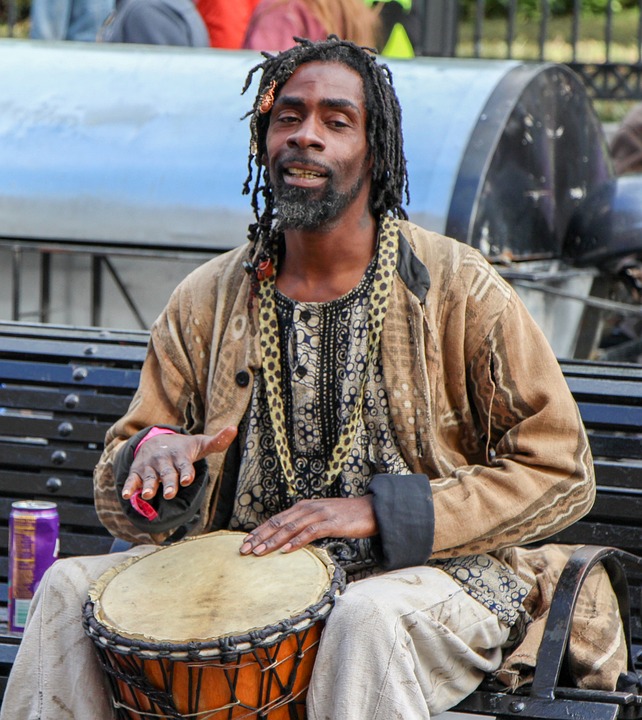“When women are missing, democracy is incomplete,” said Kirsi MadiDeputy General Secretary and Deputy Executive Director of the Non Gender Equality Agency, United NationsResponding to the latest analysis.
Madi stressed that The under-representation and false declaration of women in the media must be recognized as a key problem, so that democratic standards are not eroded for future generations.
See
UN assessments show This, despite serious restrictions on their rights in many countries, women continue to direct community initiatives, support education and defend social and economic resilience in the most difficult conditions.
In the province of Kunduz in Afghanistan, * Mehrgan directs a female organization which once formed hundreds of women and supported by local NGOs but lost a large part of its funding and its staff in 2022.
With the support of UN women, he has since rebuilt his capacity and now helps other groups of women to do the same.
When the media focuses only on the victimization of women, it erases their leadership and obscures the whole reality of their contributions to peace, stability and social progress, underlines the report. The sharing of stories like Mehrgan guarantees that public and political decision -makers recognize not only the challenges, but also the solutions that women drive on the ground, said UN women.
Obstacles to gender equality
It is equally important to the lack of media coverage relating to sexist violence (GBV).
Instead of questioning stereotypes, the information media continue to strengthen biased accounts such as typing victims, depicting GBV as isolated incidents, the heap of survivor voices and the use of language and sexual tropes in reports.
“Less than two out of 100 stories cover the abuses that far too many women live,” underline the women of the UN.
Not only is the severe sub-declaration on the reality of GBV is not part of the perception of the public. Almost four out of five news focuses on politics, economics or crime, leaving questions such as underestimated sexist violence.
The representation is even darker for minority women. While individuals from racial, ethnic, religious and other groups represent only 6% of people presented in the coverage of news, only 38% of them are women.
The probability that a woman in the news is likely to be from a minority group is less than one in 10.
The way to follow
Although the path to greater representation remains difficult, the digital news offers a clear route to increased inclusion.
During the pandemic, the proportion of online journalists increased from 25% in 2015 to 42% in 2020. Campaigns like the UN Heforshe campaign Continue to be effective vectors to promote the coverage of women in the media and difficult stereotypes.
As the UN 80th General Assembly approaches, the need to strengthen gender parity and gender representation becomes even more urgent, especially given the fact that during the last 30 years, little or no progress has been made, said UN women.
For more information and details, see the summary of the main GMMP results report here.
* His name was changed to protect his identity
Originally published at Almouwatin.com








